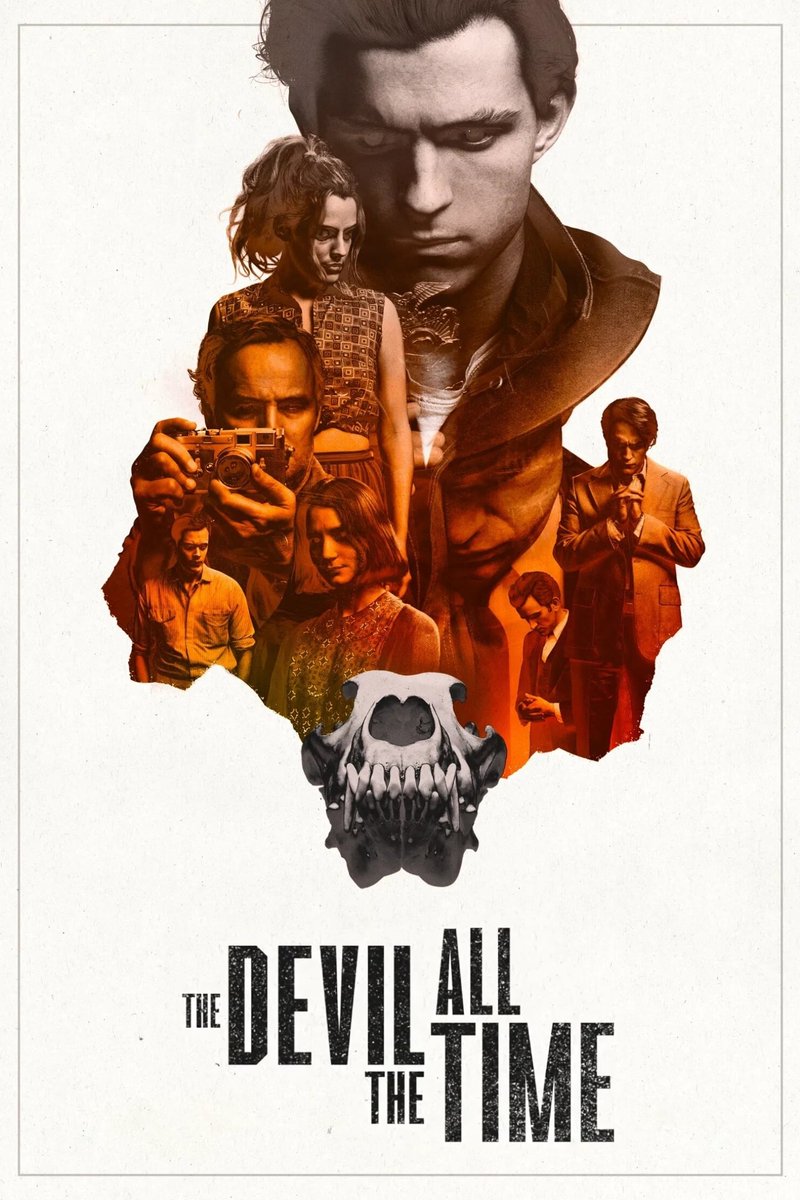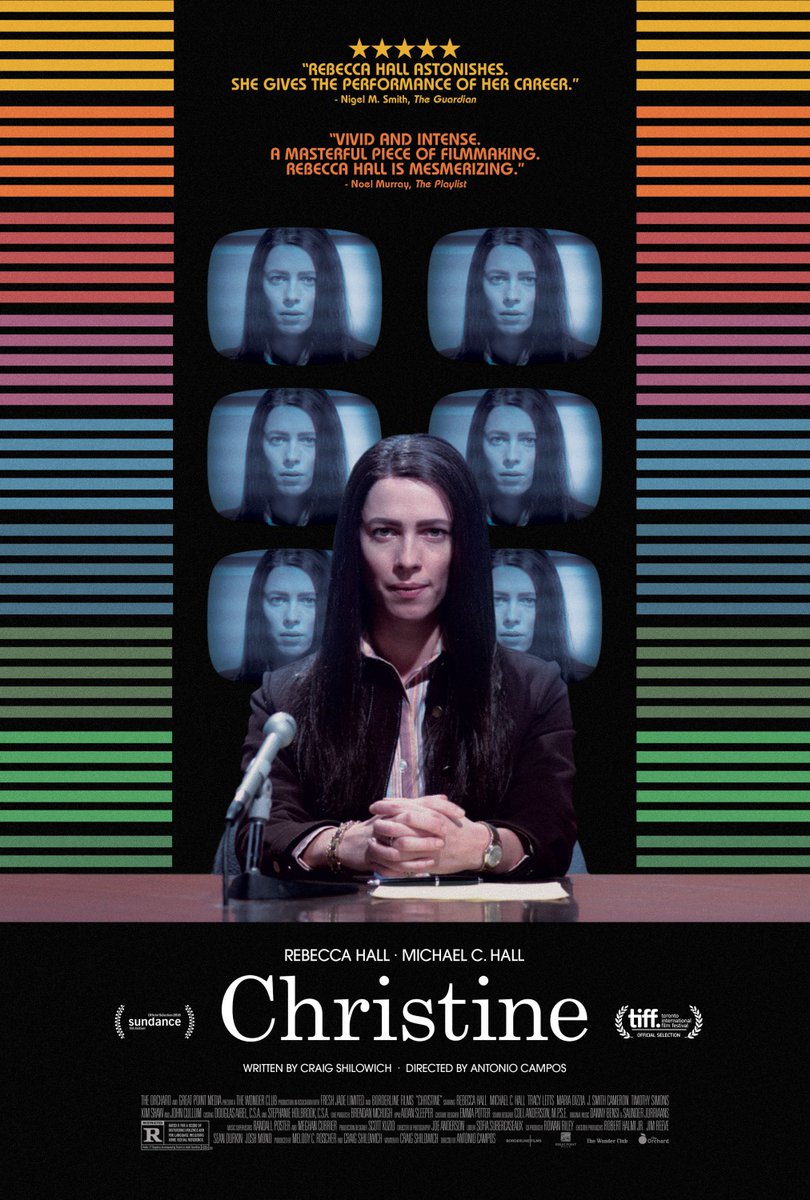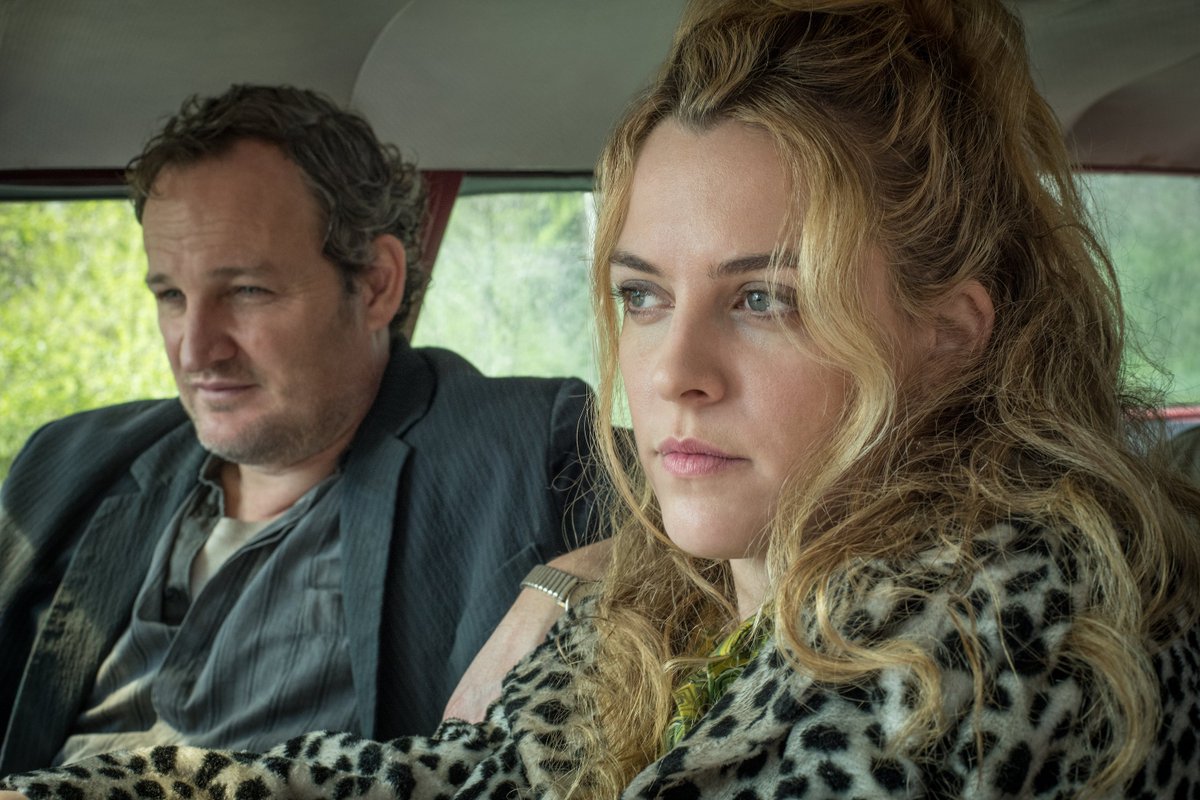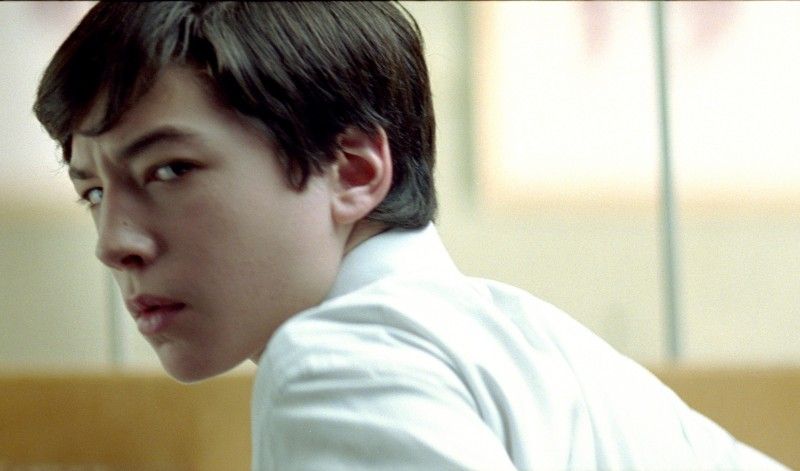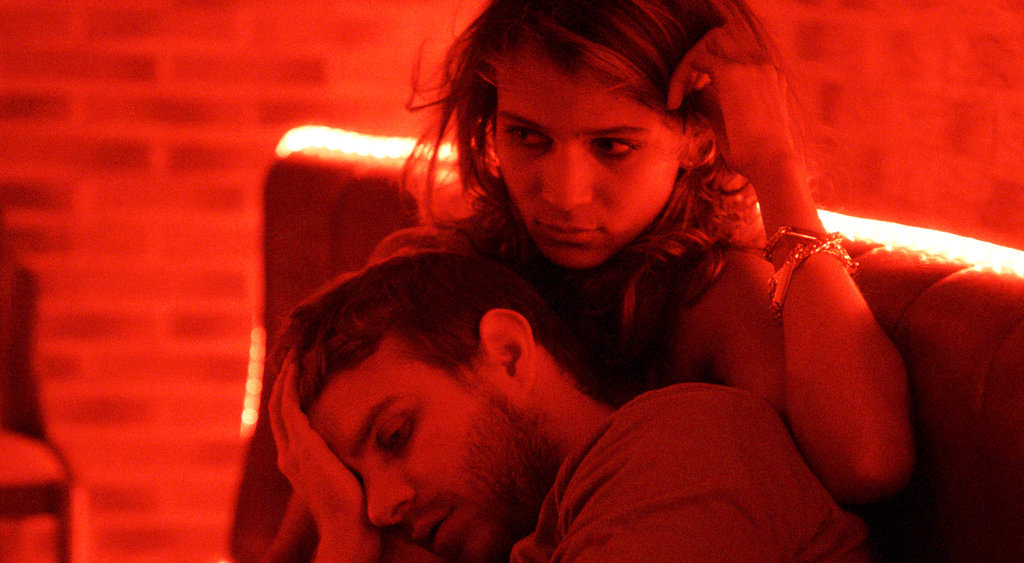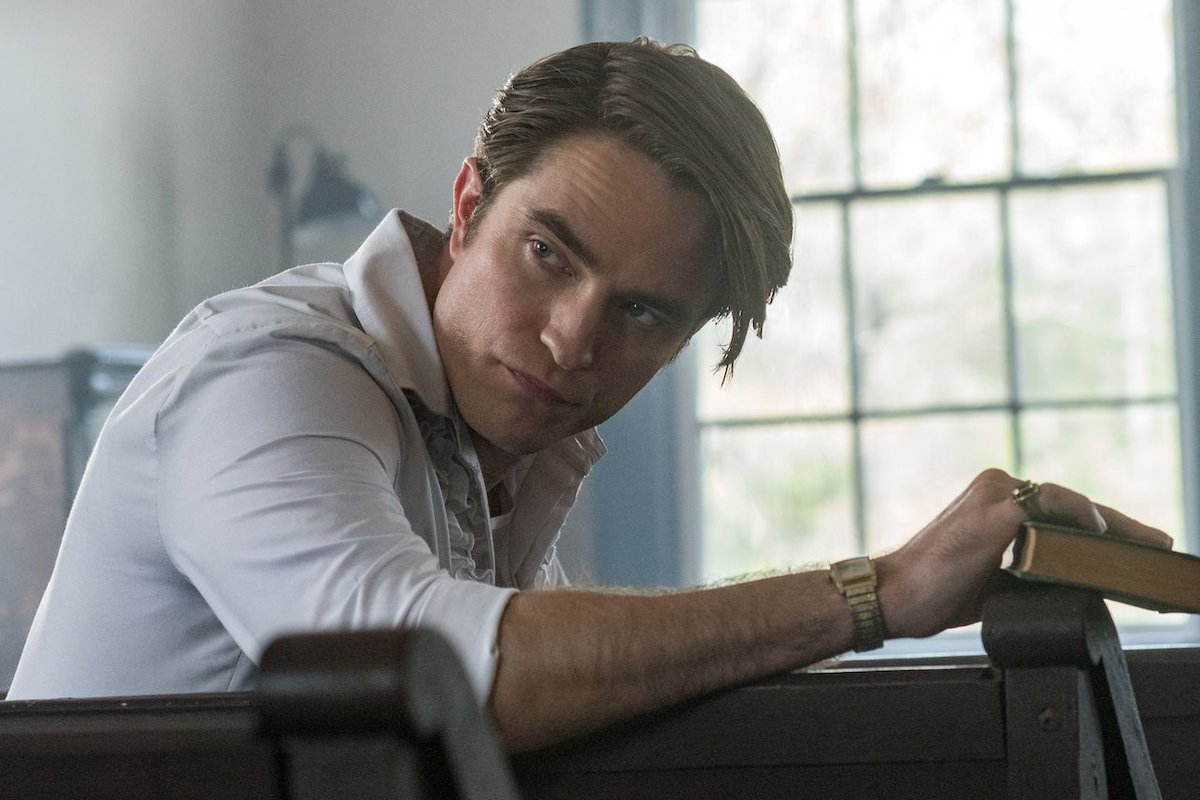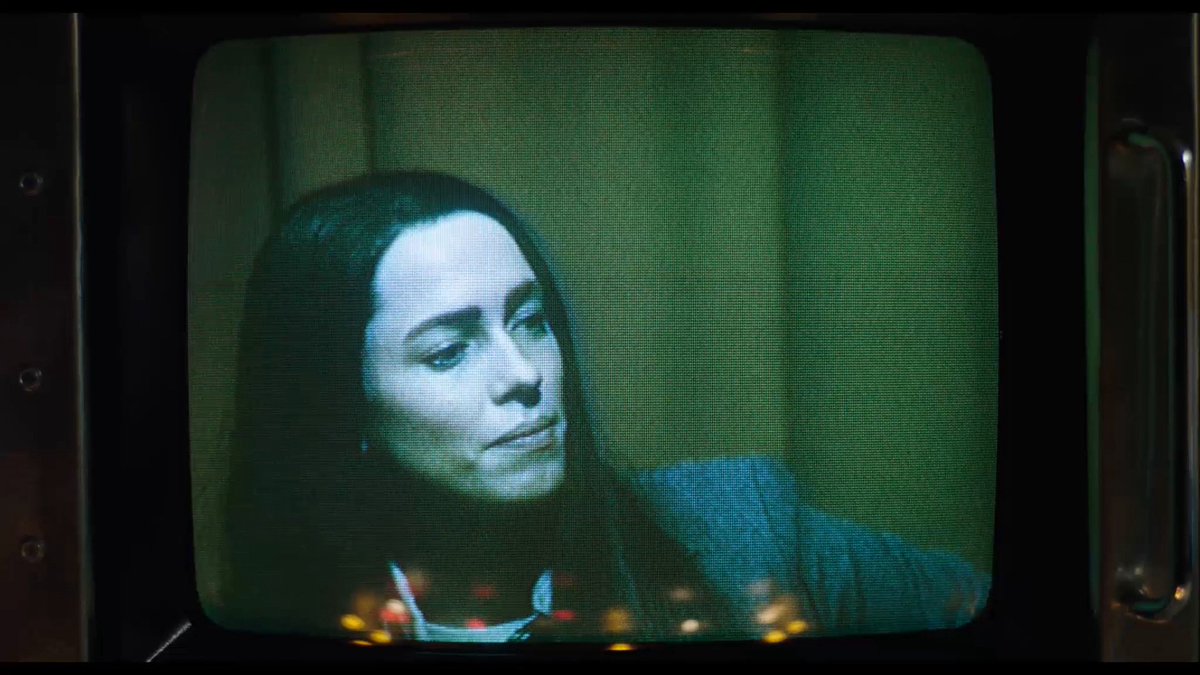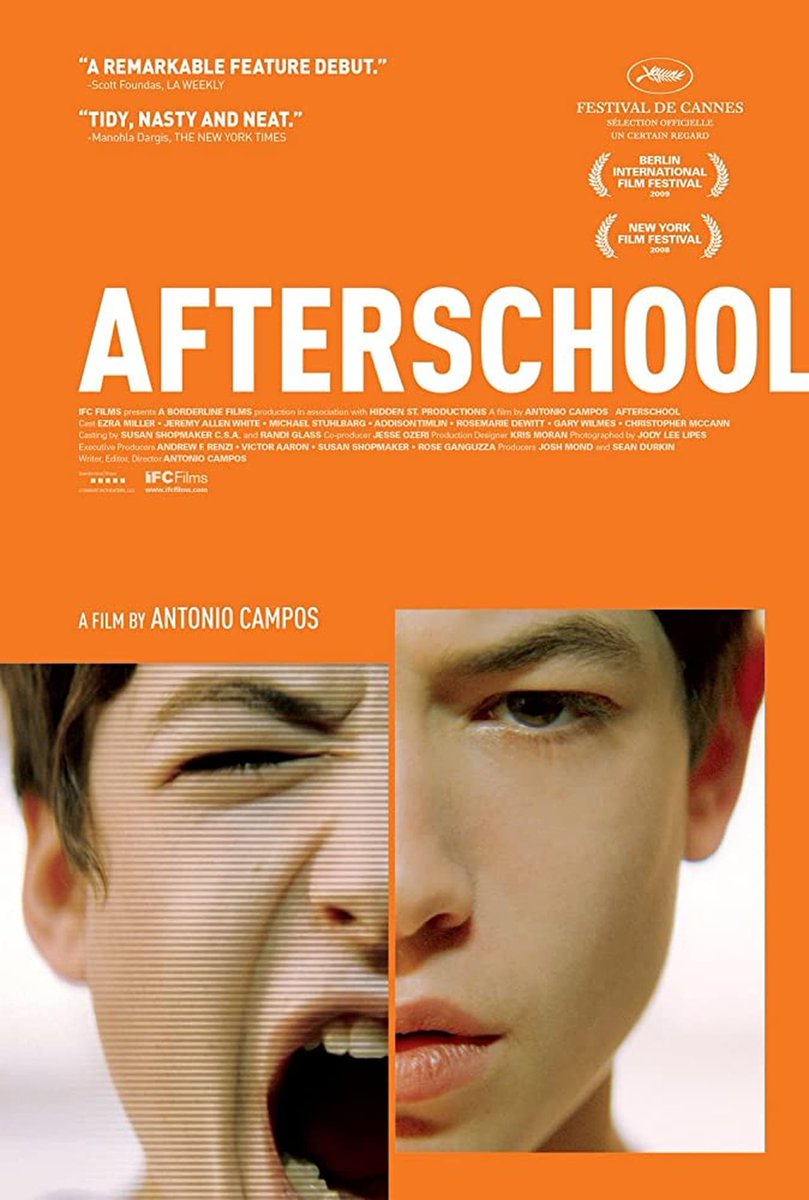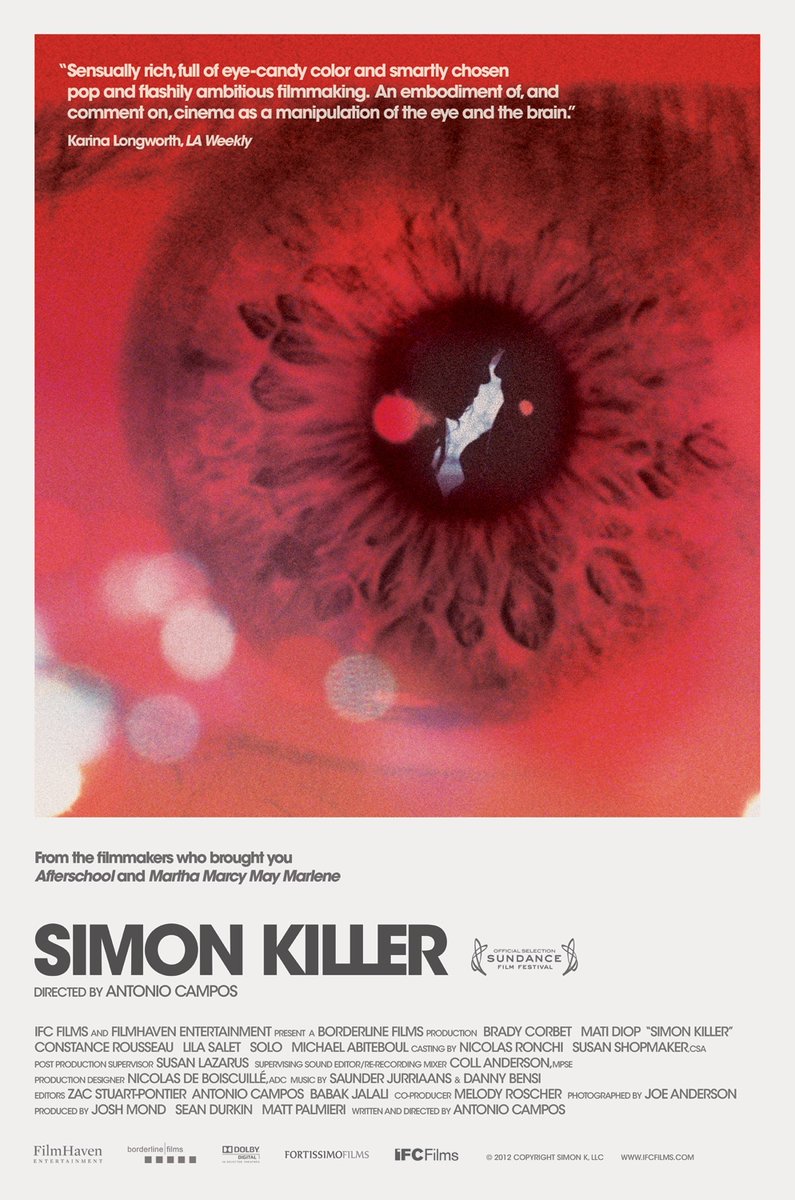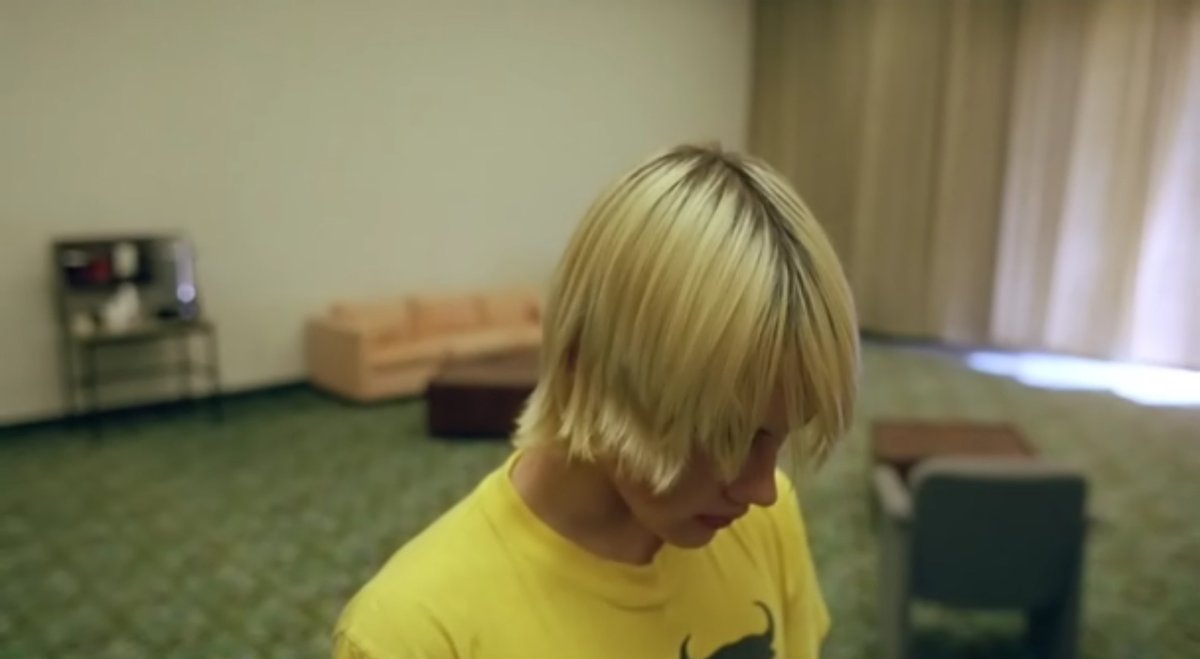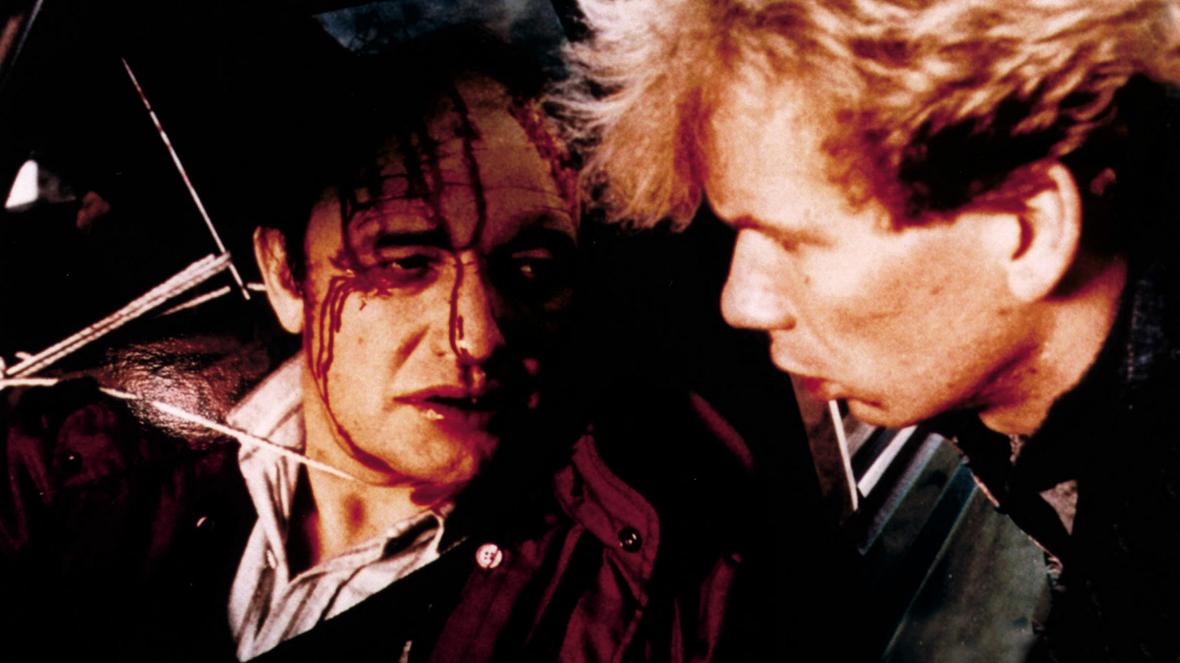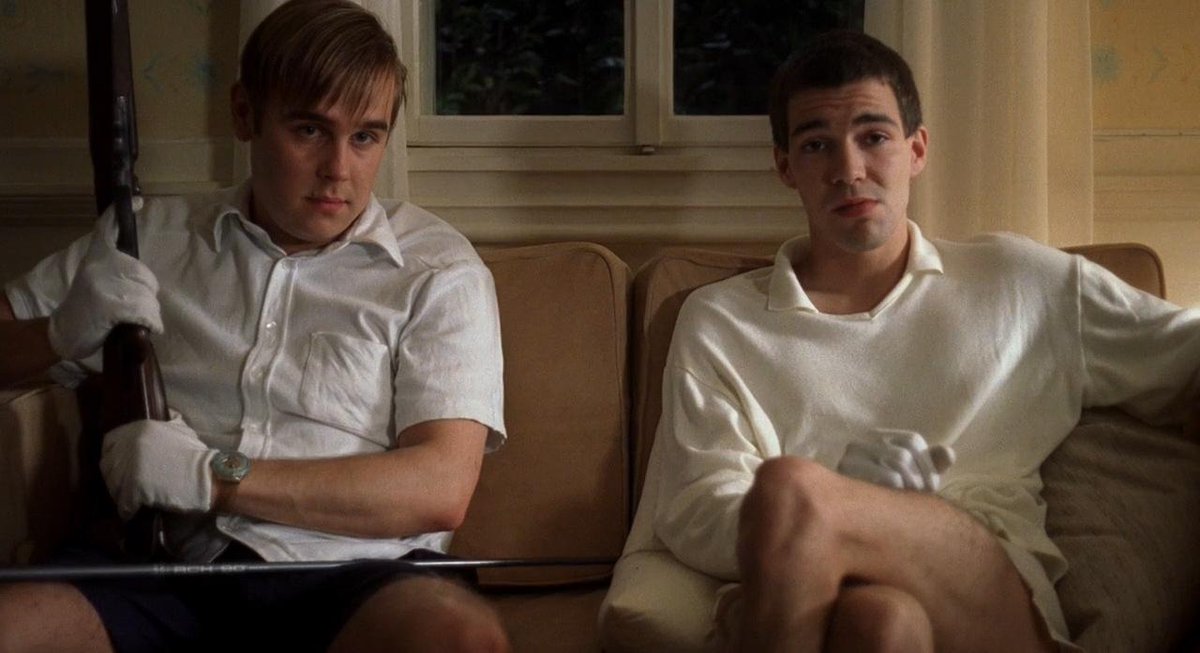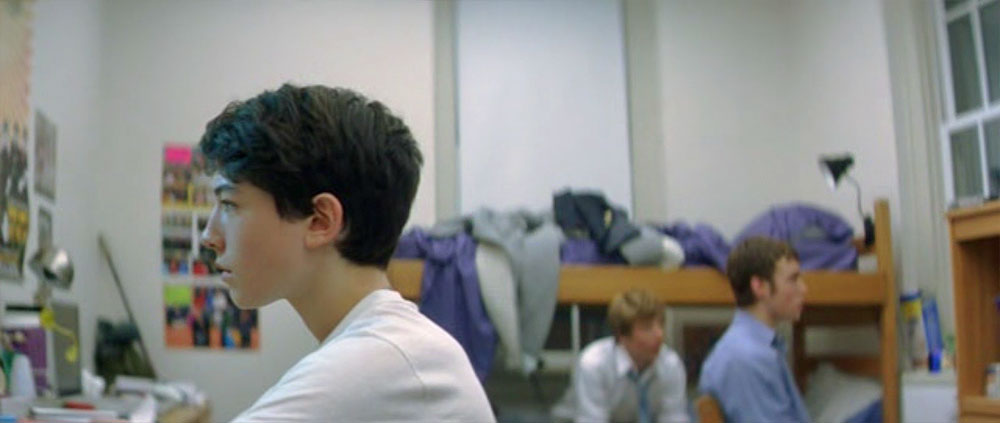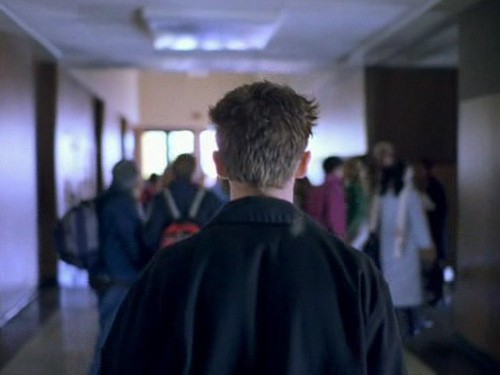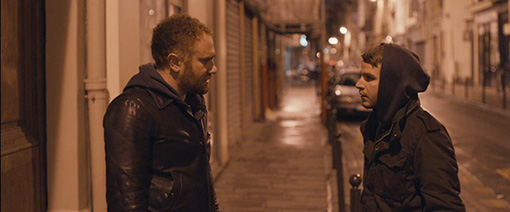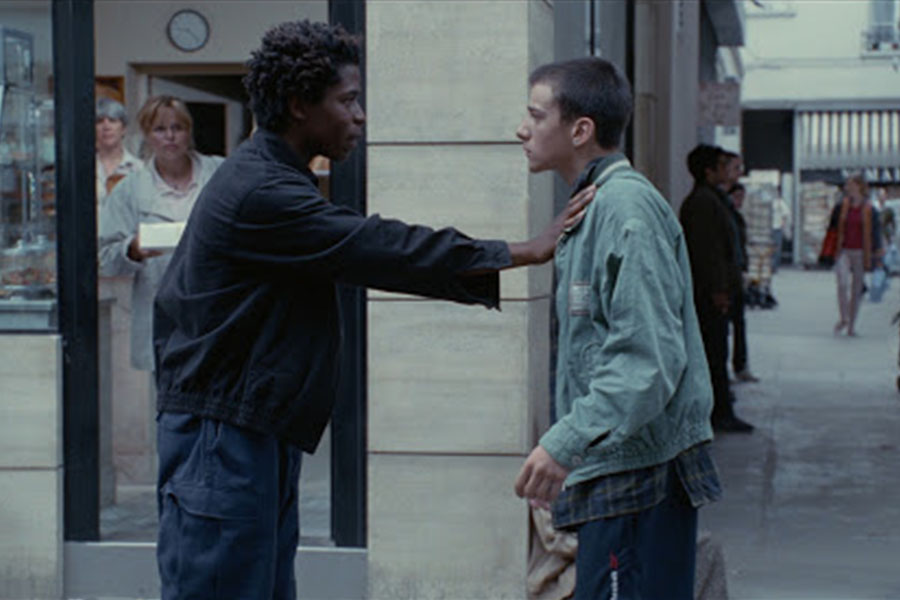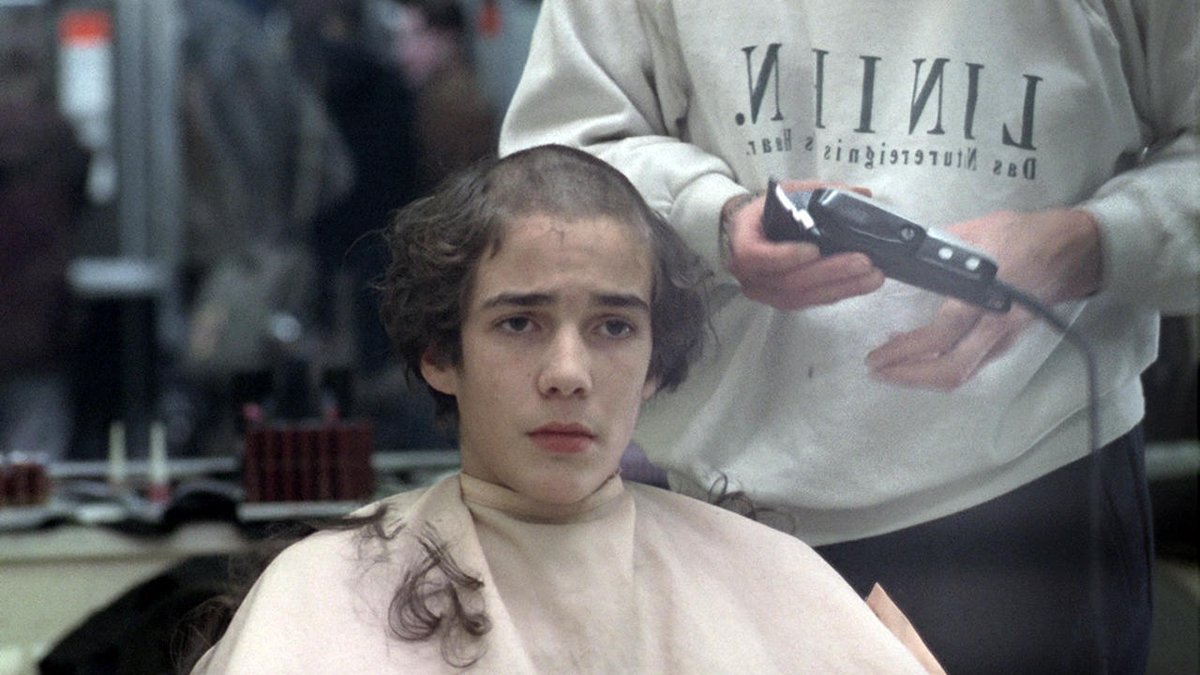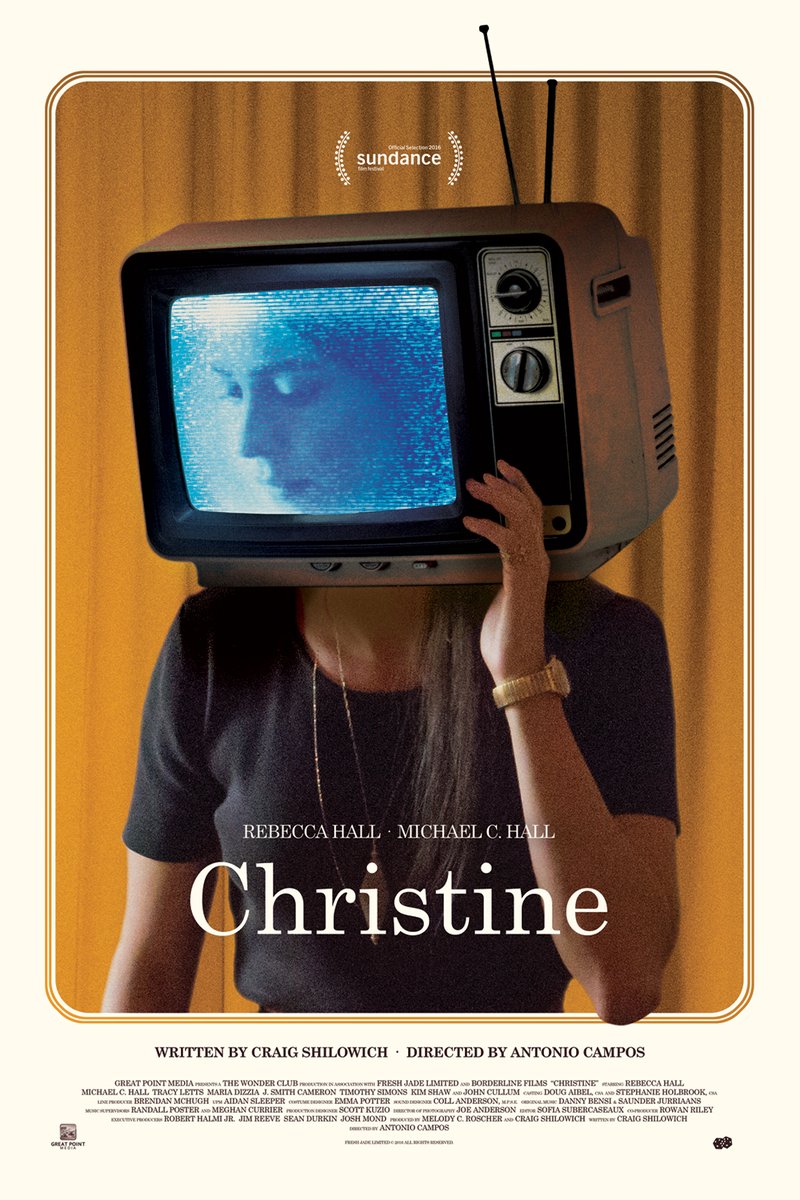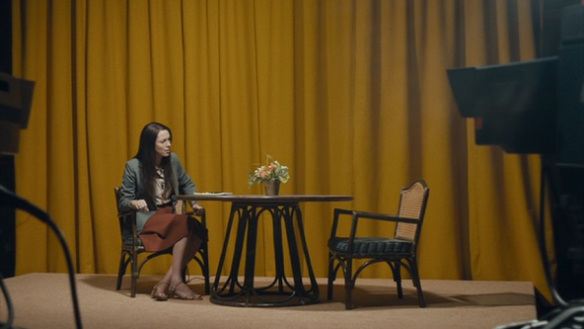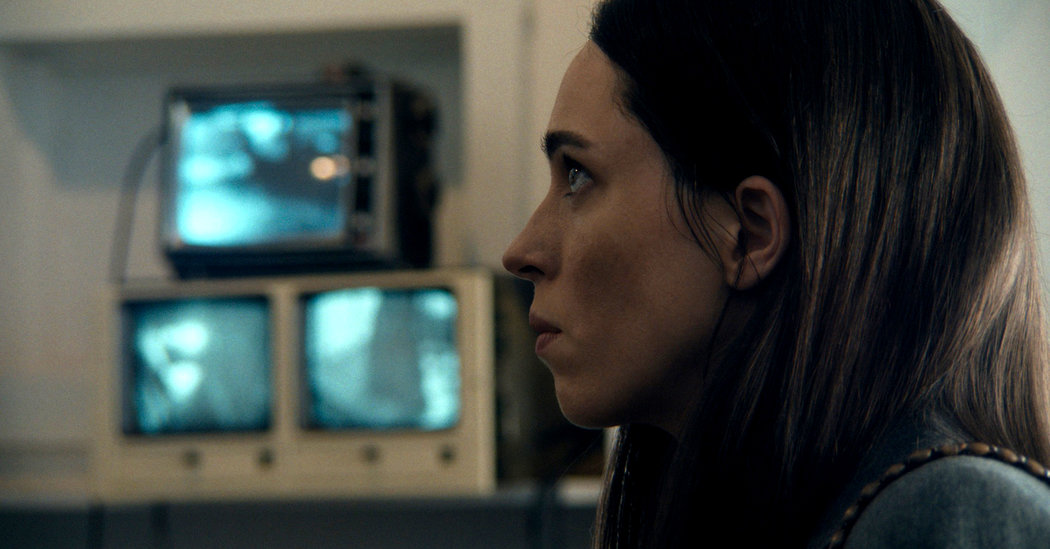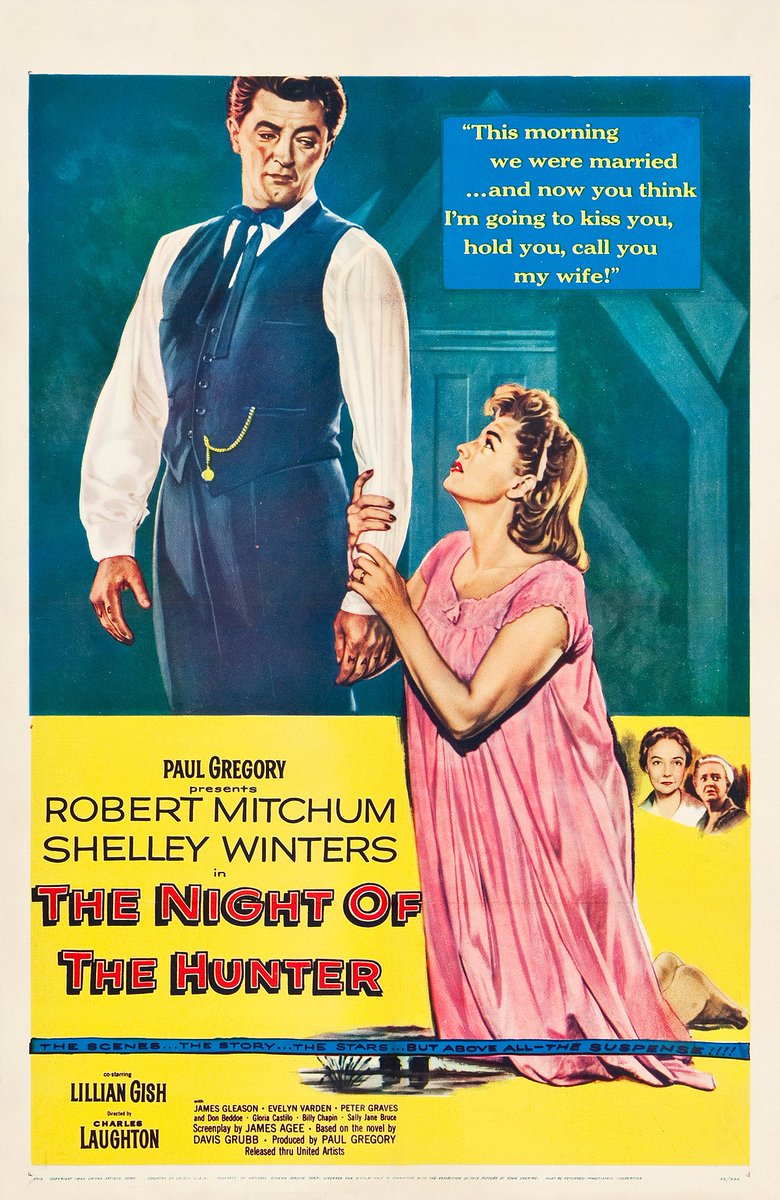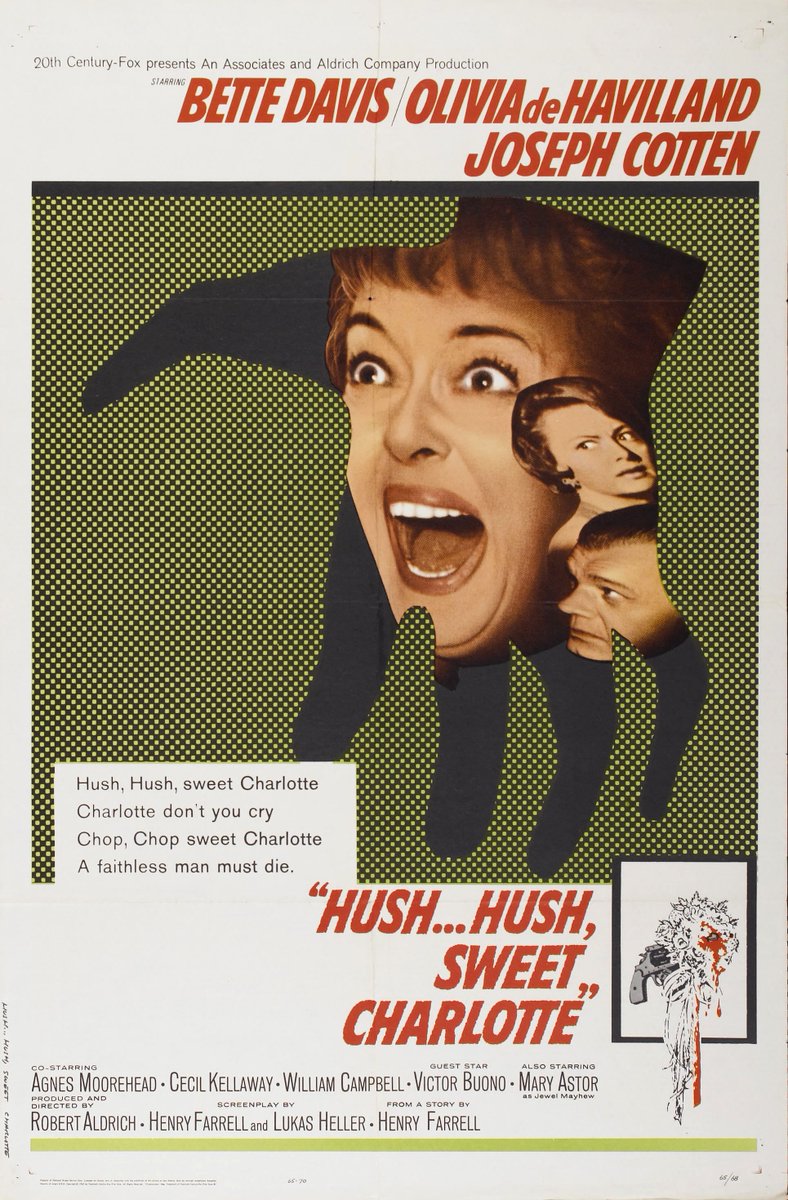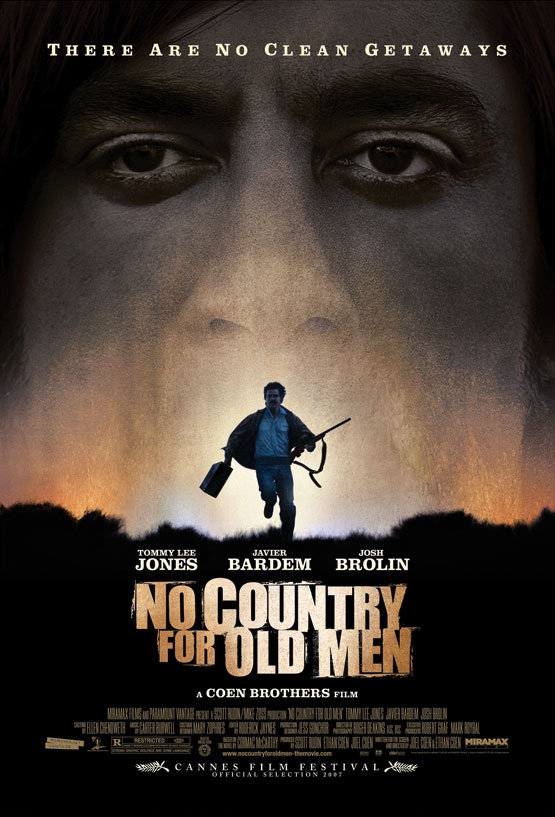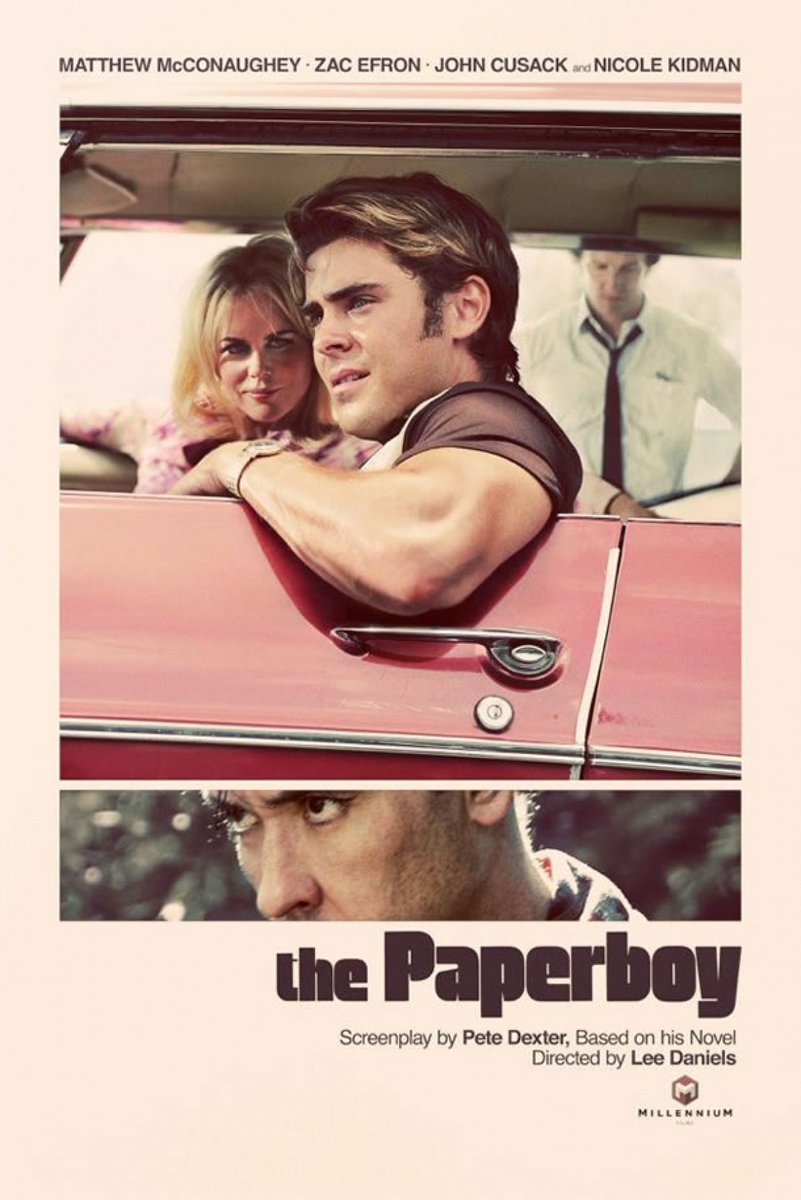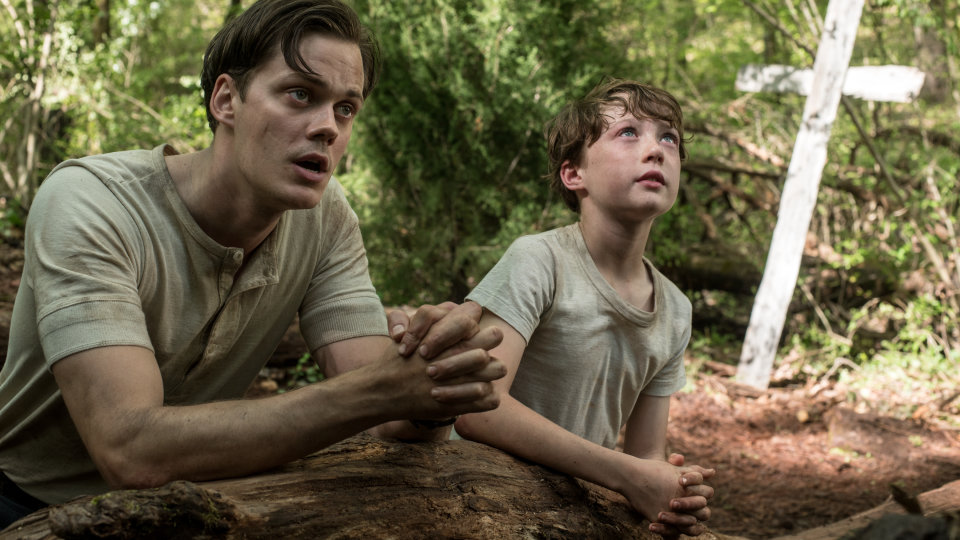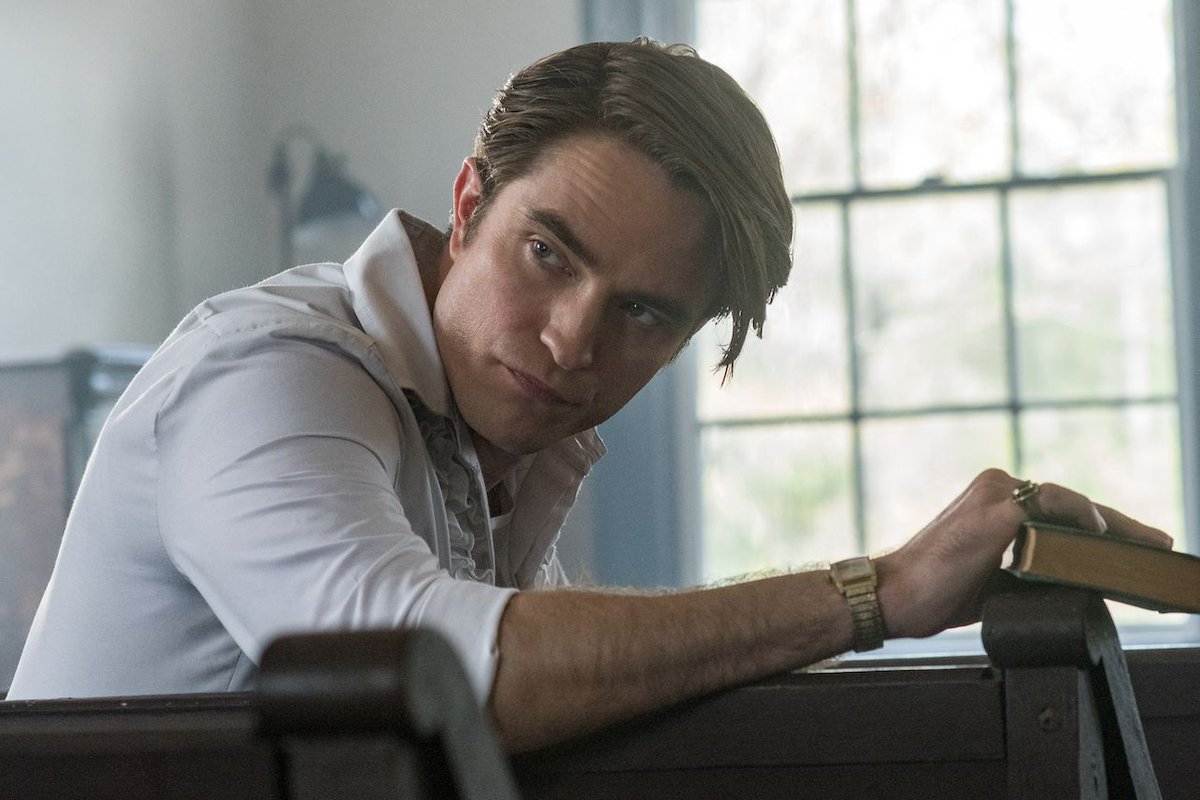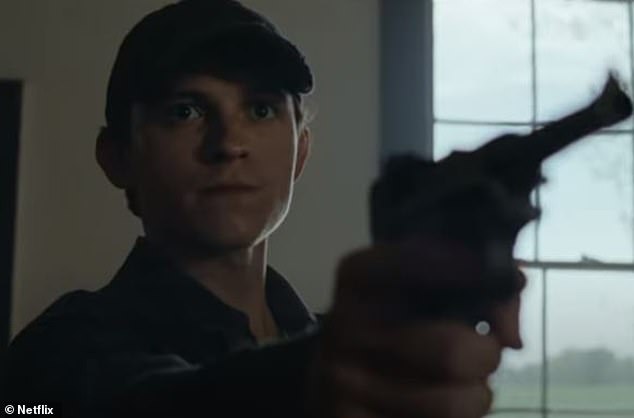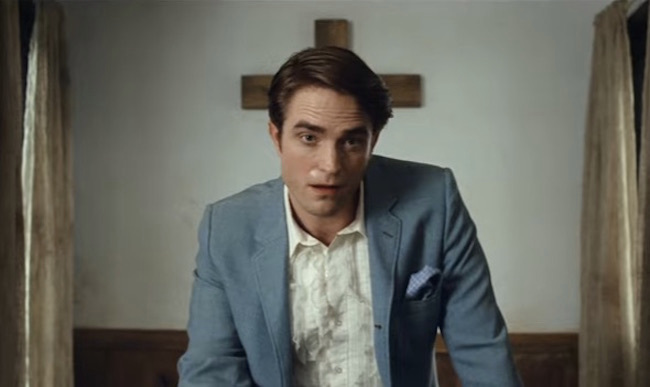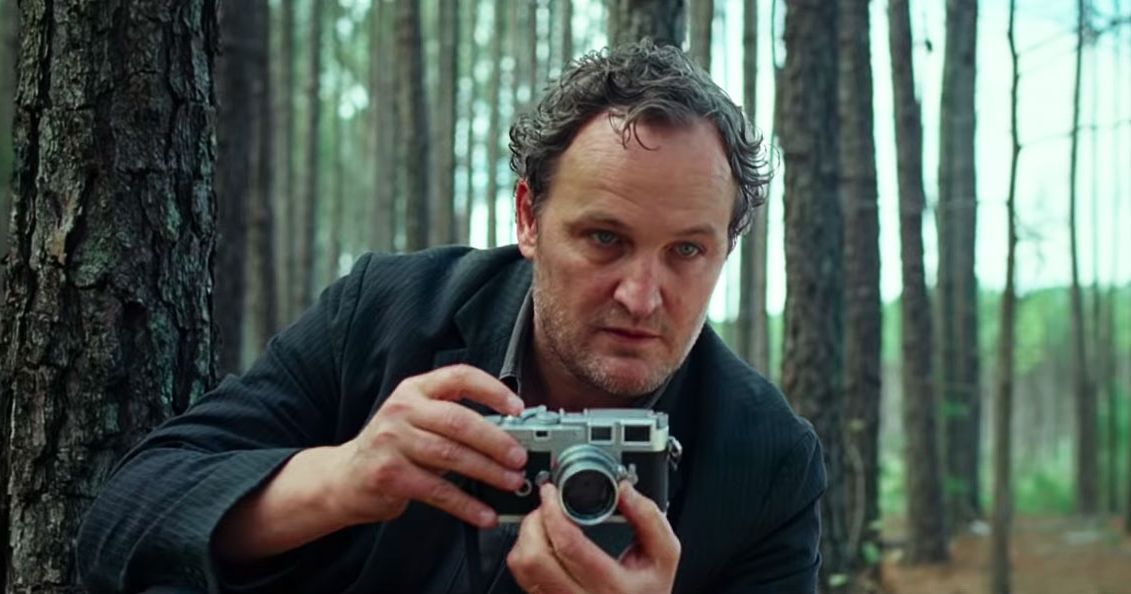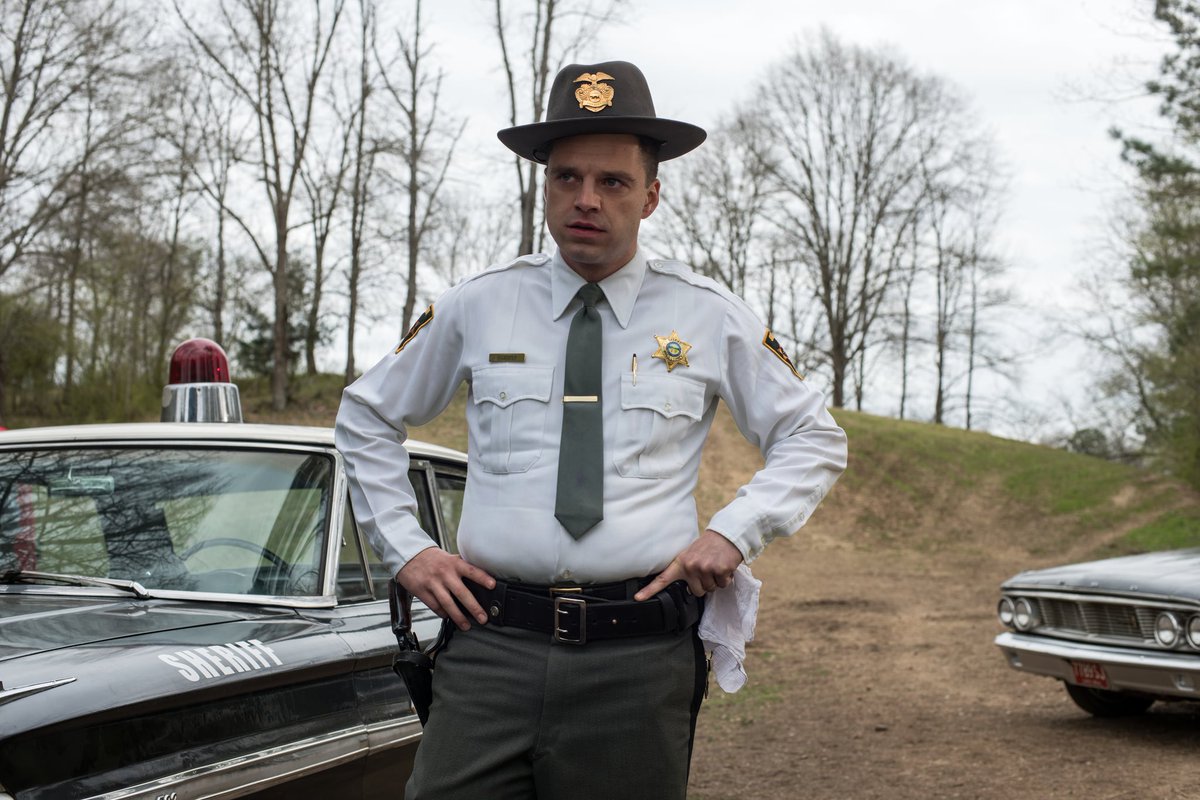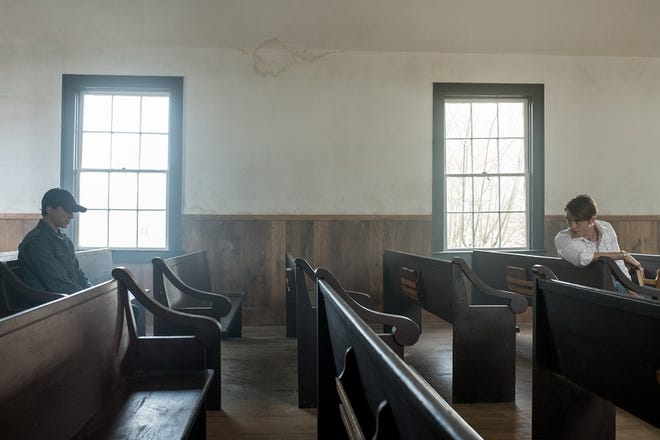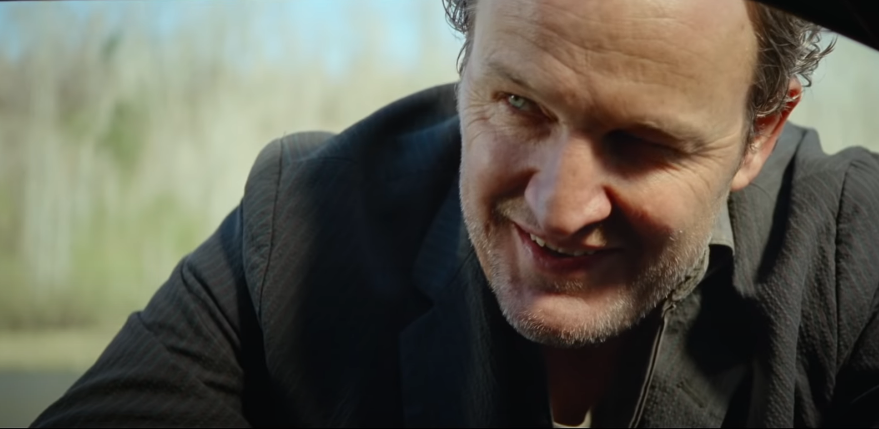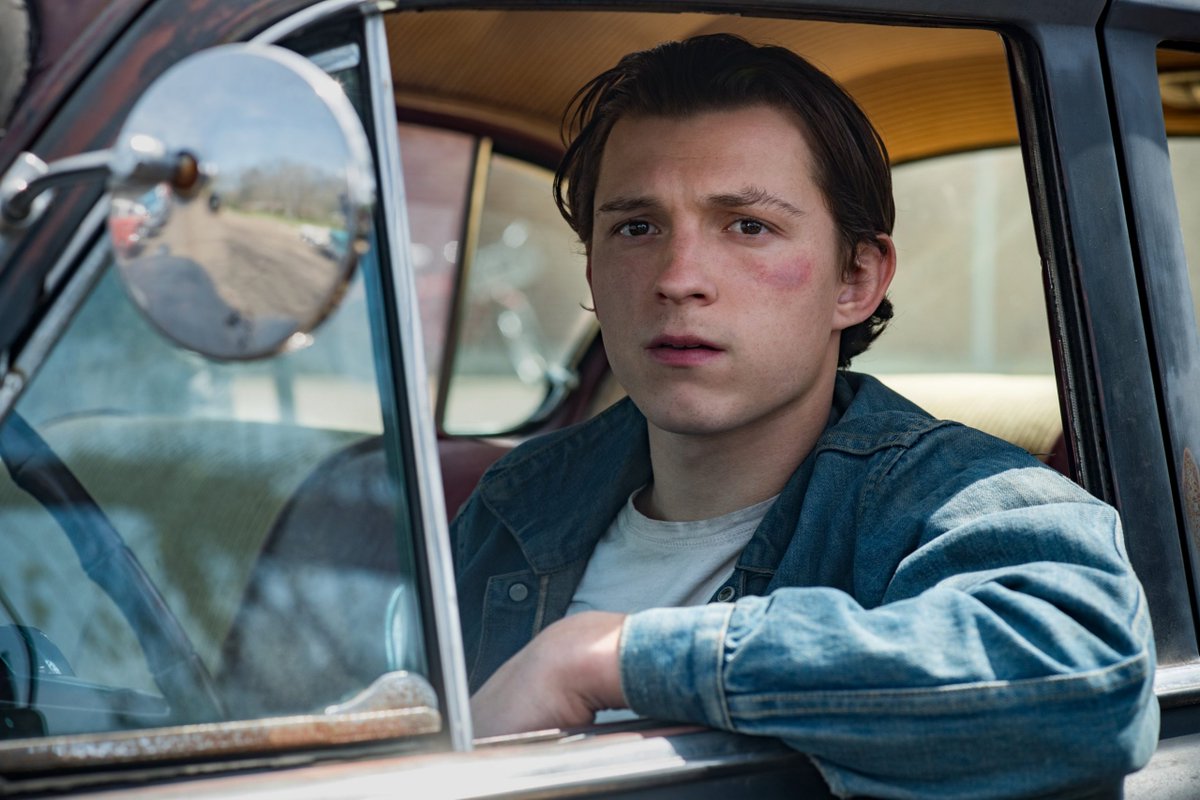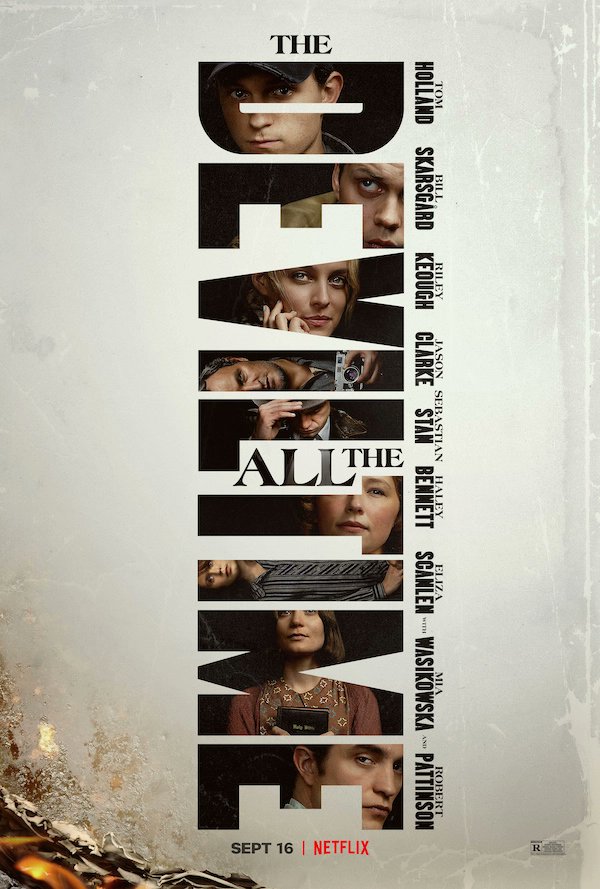Been thinking a lot about THE DEVIL ALL THE TIME, a ferociously violent, ultra-gloomy and break-neck paced slice of Southern Gothic full of BIG performances, extravagantly beautiful compositions and elaborately grimy production design. (1/23)
The new film shares something of the same slightly hollow, deadpan and stupefied tone of Campos& #39; previous film CHRISTINE and definitely that film& #39;s & #39;Is this what you wanted?& #39; punkish spirit and sense of doom. (2/23)
I have seen criticisms of the new film aimed at its artificiality, its flatness and lack of humour. But watching it, especially as part of Campos& #39; larger body of film work, these were precisely the things I found most interesting about it! (3/23)
Campos appears to me to be making films in pairs and is fast becoming one of the most interesting & #39;pastiche& #39; filmmakers working. (4/23)
His debut AFTERSCHOOL (2008) & second film SIMON KILLER (2011) could almost have been about the same disturbed/disturbing character. Formally they share a visual austerity, almost fetishistic preoccupation with duration, uncomfortable realism and narrative minimalism. (5/23)
Both films obviously owe a huge thematic and visual debt to modern European Art House filmmakers (Haneke, Kieslowski, Von Trier etc), as well as their American imitators like Van Sant. (6/23)
As such, both films& #39; extreme cynicism and borderline/Borderline nihilism for me exist less as expressions of some singular worldview, but rather as part of a pastiche project of hyper-reflexivity. (7/23)
They adapt the constituent elements of severe contemporary Euro Art House including visual language & philosophy into hermetically sealed & #39;movie-movie& #39; texts to be judged less as moral/ethical explorations & more as exercises in intertextuality, exchange & formal play. (8/23)
How perfect that AFTERSCHOOL is a film about a character obsessed with filming and SIMON KILLER is a film explicitly about an American lost in Europe! (9/23)
CHRISTINE meanwhile turns this pastiche project more outward, taking the formal shell of a classic Hollywood & #39;true life& #39; story or TV movie & delivering something unnerving, deconstructive & funny in the (almost absurdly) symbolically loaded context of a film & #39;about& #39; TV. (10/23)
It& #39;s a far more classical film formally than either AFTERSCHOOL or SIMON KILLER, but the listless, dry quality of CHRISTINE hints to me at something deliberately artificial and mechanical, satirising the beats and tropes of the & #39;real life& #39; American tragedy film. (11/23)
Shots linger slightly too long, sets & costumes appear artificial. Even the subject - an infamous televised suicide - provides an almost parodically excessive version of tragic, destructive media star arcs familiar from more trad films. It& #39;s a deeply sly & affecting film. (12/23)
THE DEVIL ALL THE TIME meanwhile turns this reflexive impulse and deconstructive gaze onto a tradition of cinematic Southern Gothic, familiar from everything from Laughton & Aldrich to the Coens and Daniels. (13/23)
On paper a glittery cast lends maximum credibility to the notion that we are in for a violently overbaked romp, full of (artificial) local colour, from absurd accents to elaborately over-determined settings (cabins, diners, church, a grisly makeshift forest altar). (14/23)
But there is something extremely inevitable and self-consciously fraught about all of it. A mournful voiceover, elegiac orchestral score and choice music cuts adding to the effect already generated by the performances and liberally deployed genre signifiers. (15/23)
All this is broken up by occasional bouts of graphically rendered, and far from romanticised violence, as well as some handheld sequences that can abruptly feel more Von Trier than Laughton. (16/23)
Moreover, the Southern texture and key genre beats are largely stripped of stylistic flourish by a visual style that is always at a distance from even the most larger than life characters. Two elaborate sermons play out in edgy long takes. (17/23)
In another scene, Campos frames a rather banal exchange between cops against a sunset that belongs to the denouement of the film we are expecting to see. Scenes of horrible torture, sexual assault and murder meanwhile play out in rather blandly realist fashion. (18/23)
Here for me is another canny deconstruction of movie tropes and expectations, one in which a familiar contrast is set up between natural beauty and the grimly fruitless search for religious transcendence (or at any rate survival) through various forms of violence. (19/23)
Acts of sadistic, sacrificial, retributive & defensive violence all play out in deadpan, listless fashion. And yet, again for me it is precisely in the film& #39;s lack of catharsis and over-determined narrative/thematic connection that Campos locates the film& #39;s real power. (20/23)
We are granted neither full pleasure in the theatricality, silliness and assumed campness of the generic signifiers invoked (they are all held at a distance), or some grand revelation or resolution to this extremely over-familiar nature/human frailty paradigm. (21/23)
A litany of violence/religious folly reveals nothing of transcendence, growth, meaning. Campos exposes us instead to shocking moments of realism, whilst finding something exhausting & artificial in the very narrative & philosophical beats of his vision of Southern Gothic. (22/23)

 Read on Twitter
Read on Twitter